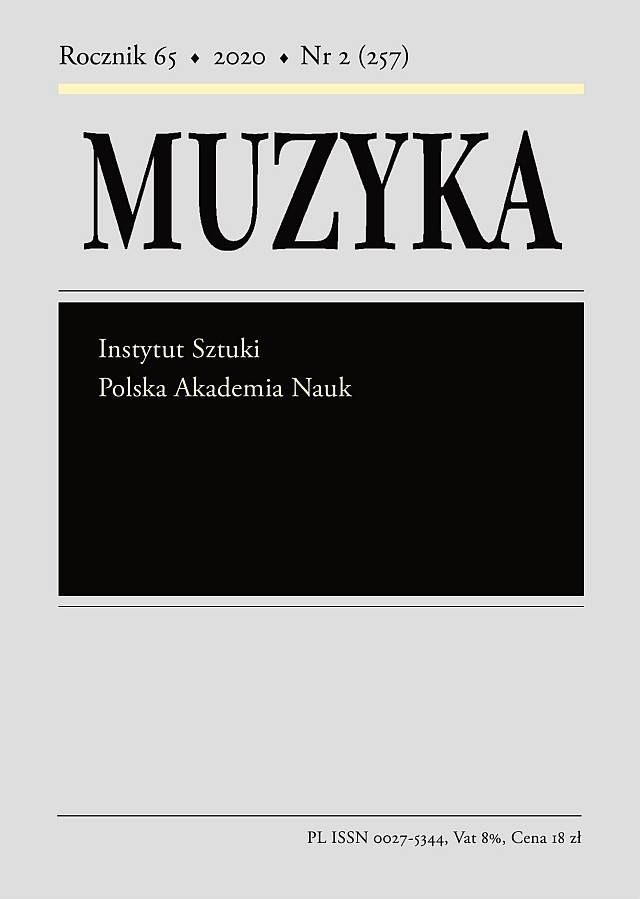Bizantyńsko-ruskie sceny Naigrawania w kolegiacie w Wiślicy oraz w kaplicy Świętej Trójcy na Zamku Królewskim w Lublinie w świetle aktualnych badań i interpretacji
The Ruthenian-Byzantine Scenes of the Mocking of Jesus at the Wiślica Collegiate Church and the Holy Trinity Chapel at Lublin’s Royal Castle, in the Light of Research and Interpretations to Date
Author(s): Dominika GrabiecSubject(s): Music, History of Art
Published by: Instytut Sztuki Polskiej Akademii Nauk
Keywords: Mocking scenes; Ruthenian-Byzantine frescoes; Holy Trinity Chapel in Lublin; Royal Castle in Lublin; Collegiate in Wiślica; medieval musical instruments; musical iconography
Summary/Abstract: This article discusses the Byzantine scenes of the Mocking of Jesus, including musical motifs, found in the Holy Trinity Chapel at Lublin’s Royal Castle and the Collegiate Church of the Nativity of the Blessed Virgin Mary in Wiślica. These scenes belong to an iconographic tradition which is much older than previously thought, dating back to at least the early twelfth century. They are peripheral and rather late examples of that tradition, including unusual musical motifs, probably taken from local culture. Like many other such scenes, they belong to sets of paintings funded by monarchs and rulers in major religious centres – in this case, by Władysław Jagiełło, King of Poland. To date, these scenes have been interpreted most often in a literal way as exceptionally brutal and humiliating images of the deafening and mocking of Christ by musicians. However, in the light of new hypotheses, we should take into account rather their symbolic and theological dimensions. The biblical context of the Mocking of Jesus points to the significance of the coronation ceremony for a proper understanding of this scene, the description of which in the Gospel has a dual meaning: the literal meaning of a scornful parody of a true homage to the king, and a symbolic dimension as the moment when Christ’s true royalty is revealed. The composition of the scenes, with their imperial accents and musical motifs, allows us to emphasise this dual character and the distinct allusions to the coronation and acclamation of Christ as King of the Jews and the Messiah.
Journal: Muzyka
- Issue Year: 65/2020
- Issue No: 2
- Page Range: 147-177
- Page Count: 31
- Language: Polish

